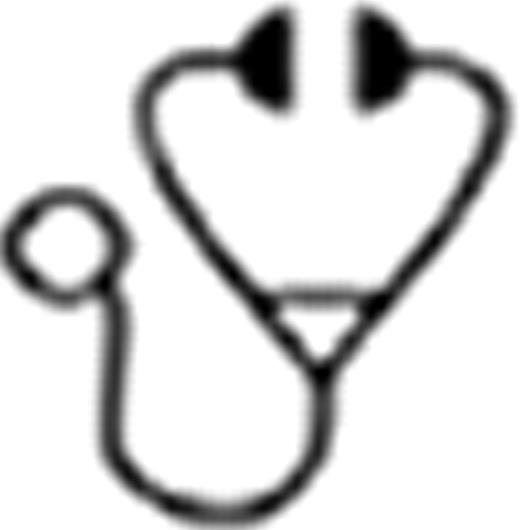Abstract
Myelodysplastic syndromes (MDS) affect elderly patients. Azacitidine represents the gold standard treatment of high risk MDS. French health organization allows home chemotherapy administration after the first cycle of treatment. We decided to develop a home administration program of this drug. Moreover we hypothesized that this modality of treatment will improve patient's quality of life.
Patients and methods: after one cycle in hospitalization, high risk MDS patients who were agree to receive home chemotherapy were included in the study. As recommended each first day of Azacitidine cycle was still administrated at hospital. Due to drug instability a quality statement was created to control all steps of administration (including storage temperature before administration). Feasibility and safety were evaluated. Comparison between home or hospital administration was performed: number of cycles, dose, tolerance, problems of administration.
68 patients were included in the home chemotherapy program, 75% were MDS patients and 48 received Azacitidine. Age distribution was 7 patients 60/69 yrs (14%), 22 patients 70/79 yrs (46%) and 19 patients 80–89 yrs (40%). More than 2000 days of hospitalization were performed at home during a 18-month period. Similar median number of cycles and delays were observed in the two groups as well as same level of adverse events and hospitalizations between 2 cycles. In few cases administration was not possible at home due to unresolved infection, cytopenia or drug availability (excessive time between preparation and distribution). No patient was excluded of this program.
Discussion and conclusion: home administration of Azacitidine was safe and feasible. All patients agree to continue this modality of administration and high level of satisfaction was observed. Next step will consist in a randomized study to compare quality of life between home and hospital administration of the drug. For this population of patient home treatment will represent an alternative which could improve quality of life as observed for children in ALL (1) or in colorectal cancer (2).
No relevant conflicts of interest to declare.
(1)
(2)

This icon denotes a clinically relevant abstract
Author notes
Asterisk with author names denotes non-ASH members.

This feature is available to Subscribers Only
Sign In or Create an Account Close Modal